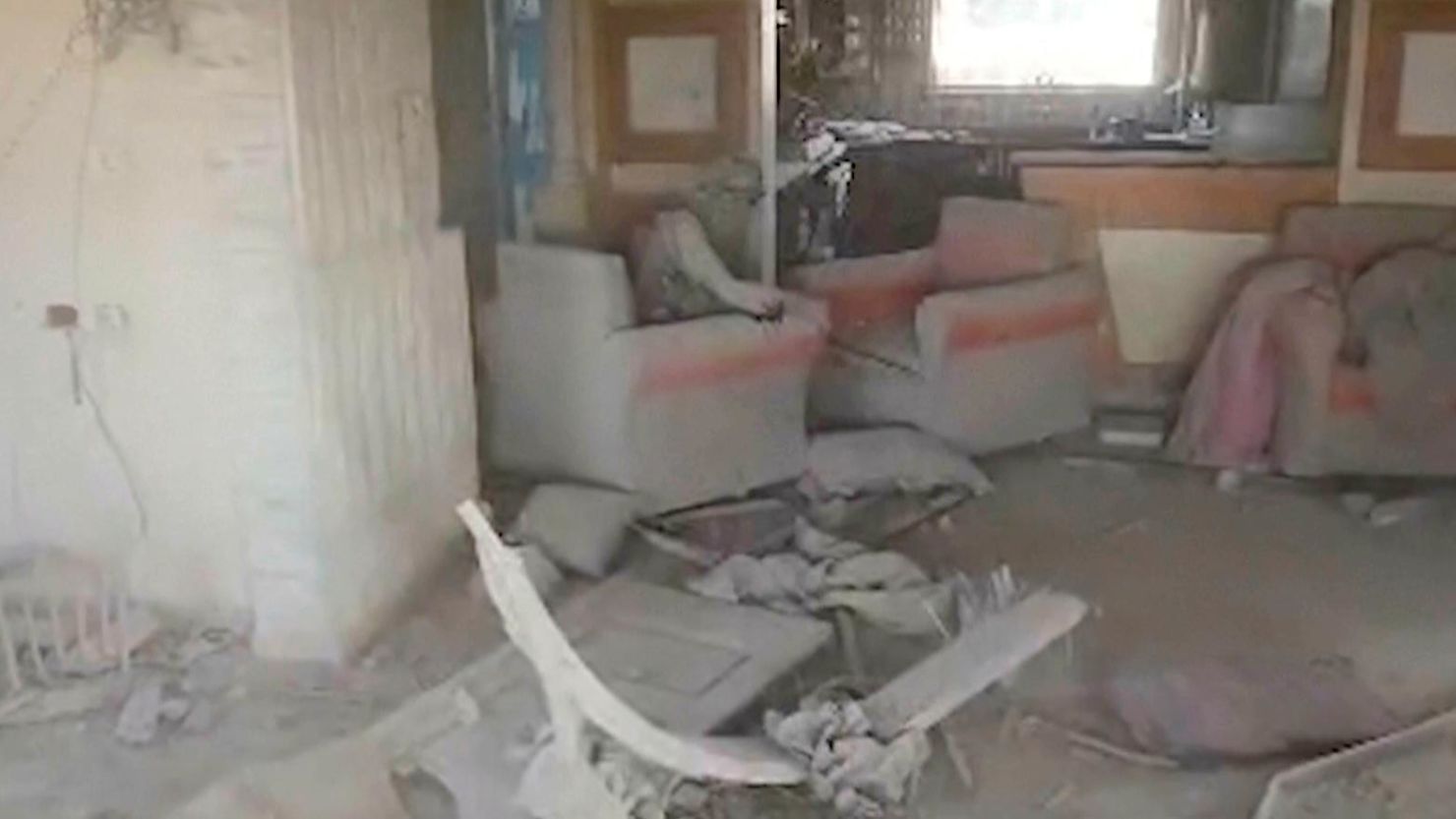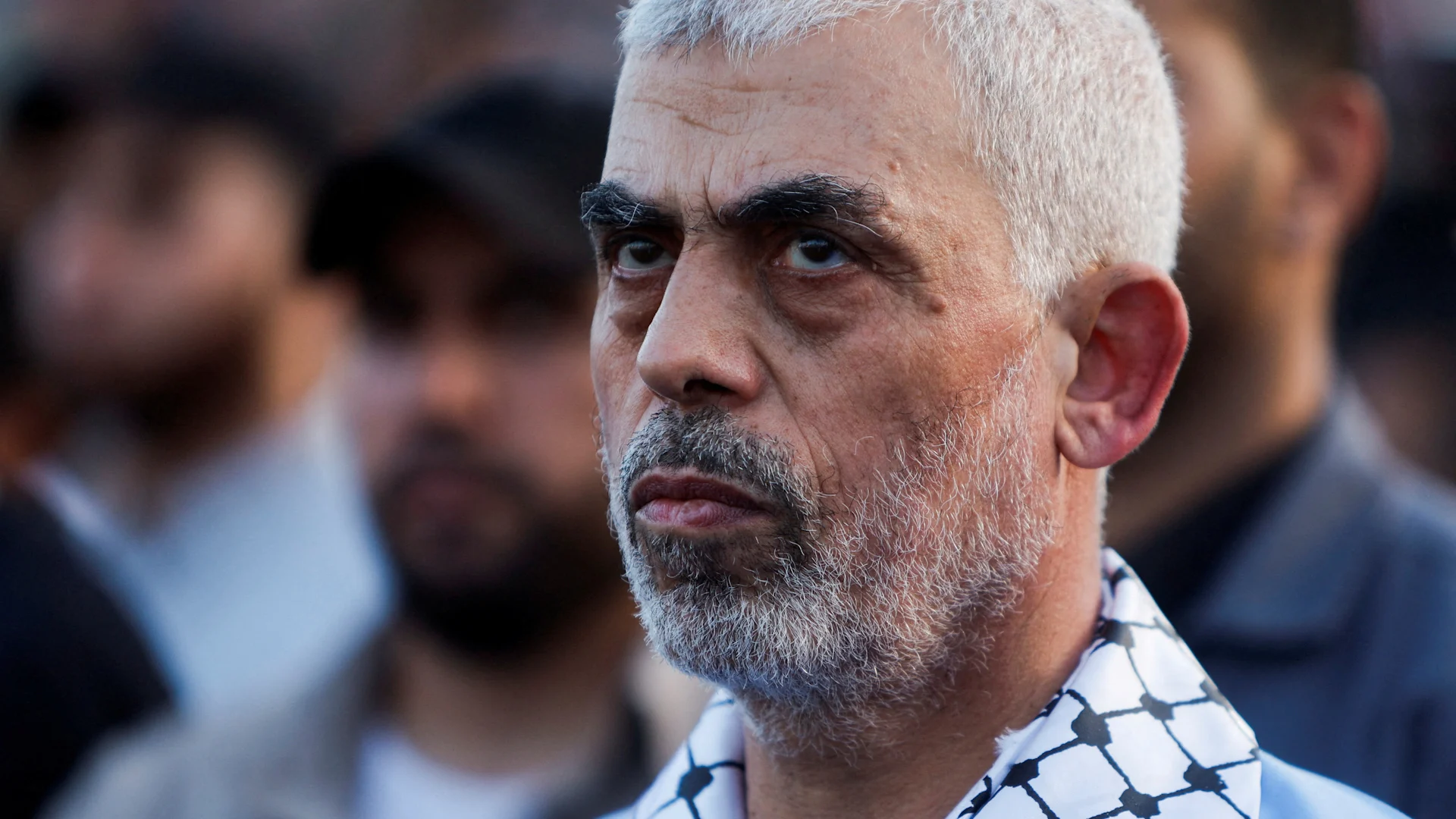The video in question depicts the final moments of Yahya Sinwar, the Hamas leader killed by the Israel Defense Forces (IDF). This footage shows Sinwar, appearing desperate and abandoned, attempting to attack a military drone with a wooden stick.
The interpretation of this scene varies widely, with some viewing him as a defiant hero while others see him as a desperate figure. This ambiguity has sparked discussions about the implications of the footage and the narrative it portrays.
The IDF released the footage as part of its announcement regarding Sinwar’s death, claiming he was a key figure behind the October 7 terror attack. The intention was to both confirm his death and send a message to Israel’s adversaries that the IDF would track them down, no matter their hiding places.
However, the release of the video has had unintended consequences, as it has been co-opted by Hamas and others to portray Sinwar as a martyr and a symbol of resistance.
In response to the backlash, the Israeli government has since attempted to control the narrative by releasing older videos and images that depict Sinwar in a less favorable light, emphasizing his supposed selfishness and materialism.
Gershon Baskin, a Middle East expert, critiqued the IDF’s decision to publicize the footage, suggesting it was politically motivated and likely intended to provide a victory narrative for Prime Minister Netanyahu amidst growing domestic and international pressure.

IDF Footage of Yahya Sinwar’s Last Moments Sparks Controversy Over Heroism and Desperation
The criticism of the IDF’s release centers on how it inadvertently bolstered Sinwar’s image among Palestinians and Arabs. Mustafa Barghouti, a Palestinian politician, remarked that the footage presented an image of Sinwar as a fighter rather than a cowardly leader hiding from battle.
This portrayal contradicts Israeli narratives that painted him as hiding behind civilians or hostages, contributing to a more complex legacy for Sinwar among those who view the conflict.
Questions have also arisen regarding the circumstances of Sinwar’s death, particularly how the IDF managed to kill him after a lengthy search. Initially, the soldiers involved did not even recognize him, and it was only later that they confirmed his identity. This element adds a layer of complexity to the IDF’s narrative, raising doubts about their claims of effective intelligence and operational prowess.
Experts have pointed out that the footage has been used by both sides to further their respective agendas, illustrating the subjective nature of such narratives. Legal scholar Gil Siegal highlighted how different interpretations of the same footage can yield vastly different messages.
This reflects the broader struggle over the narrative in the Israeli-Palestinian conflict, where symbols and stories play crucial roles in shaping public perception.
To counter the image of Sinwar as a martyr, the IDF has released additional videos that depict him living in luxurious conditions underground while his people suffered above.
This strategy appears to be an attempt at damage control, reinforcing the Israeli narrative that portrays Sinwar as a self-serving leader detached from the struggles of the Palestinian people. However, this too may backfire by further complicating the story of Sinwar’s legacy.
The IDF’s narrative is further challenged by Hamas, which claims Sinwar was actively engaged in battle at the time of his death, positioning him as a heroic figure. This tension between narratives showcases the ongoing battle for influence and legitimacy in the eyes of both local and global audiences.
Ultimately, the footage’s release has not only shaped the legacy of Yahya Sinwar but has also highlighted the complexities and contradictions inherent in the ongoing Israeli-Palestinian conflict.











































